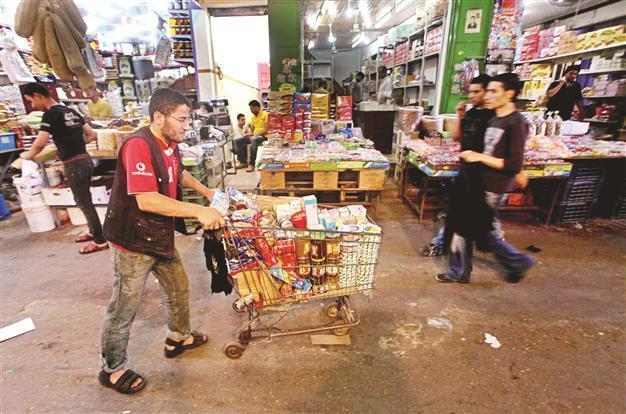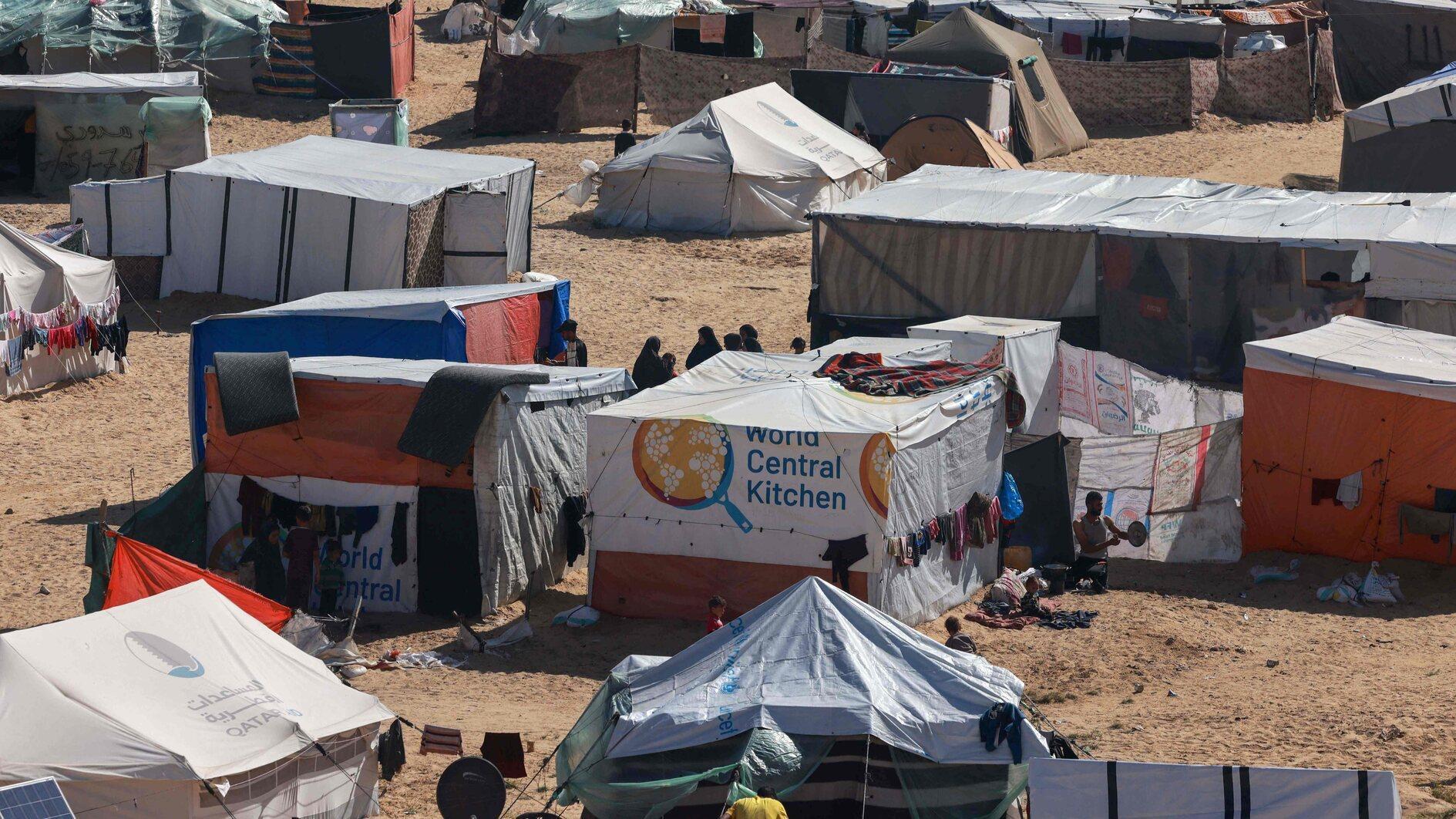Israel ‘calculates’ its restrictions on Gaza
JERUSALEM

This file photo shows a man delivering food at a market place in Gaza. An Israeli document says the required daily calorie is 2,279 for Palestininans. AA photo
Rights groups have expressed outraged over an Israeli Defense Ministry document, released after a court decision, showing that Israel had calculated the number of calories Gaza’s residents would have to consume to avoid malnutrition during a sweeping land blockade imposed on the Palestinian territory between 2007 and mid-2010.After a three-and-a-half-year legal battle waged by the Israeli human rights organization Gisha, a Defense Ministry unit coordinating civilian issues with Palestine, the Coordinator of Government Activities in the Territories, released a January 2008 document detailing its “red lines” for “food consumption in the Gaza Strip,” The Associated Press has reported.
Gisha said Israel had defined those red lines in order to restrict the quantities of goods and basic products it allowed into Gaza.
The study, “Food Consumption in the Gaza Strip - The Red Lines,” estimated the required daily calorie intake in the territory at 2,279 per person, Reuters reported. The document calculates the minimum number of calories needed by age and gender groups in Gaza, and uses this data to determine the amount of food that will be allowed to enter Gaza daily as well as the number of trucks needed to carry this quantity, Israeli daily Haaretz reported.
‘Humanitarian crisis’
The document said that “in order to maintain the basic fabric of life” in the area, Israel would allow in 106 trucks with food and other essential goods every day. But Gisha said that during that time an average of only 67 lorries were allowed into Gaza, the BBC reported yesterday. Gisha said some 400 trucks had delivered goods every day to Gaza before the blockade. Last week, Israel delivered 935 truckloads of basic goods and construction material to the territory, which has a population of 1.6 million.
Military spokesman Maj. Guy Inbar said the purpose of the document was to identify when foods were in short supply and to avoid “a humanitarian crisis.” He said Israel had never used the calculation to restrict food to Gaza. At a High Court hearing on Gisha’s petition against this policy, government attorneys Gilad Sherman and Dana Briskman explained that “it is the state’s right to decide that it doesn’t intend to have economic ties with, or provide economic assistance to, the other party in the conflict, and to adopt a policy of ‘economic warfare.’”
In September 2007, Israel identified Gaza as a “hostile territory” following the Strip’s takeover by the violently anti-Israel Hamas. It called for “severe restrictions” on civilians that included limitations on food.
The Cabinet decision stated that “the movement of goods into the Gaza Strip would be restricted; the supply of gas and electricity will be reduced; and restrictions will be imposed on the movement of people from the Strip and to it.” In addition, exports from Gaza would be forbidden entirely. Palestinians described the restrictions as collective punishment stifling their economy.
Restrictions to cause decline in production
The drafters of the “red lines” document noted that the quantity of fruit and vegetables Gaza could produce for itself was expected to decline from 1,000 tons a day to 500 within a few months, due to the Israeli ban on bringing in seeds and other raw materials needed for agriculture, as well as the ban on exporting produce from the Strip. They also predicted a similar fate for the poultry industry. But they didn’t propose any solution for this decline, Haaretz reported.
















